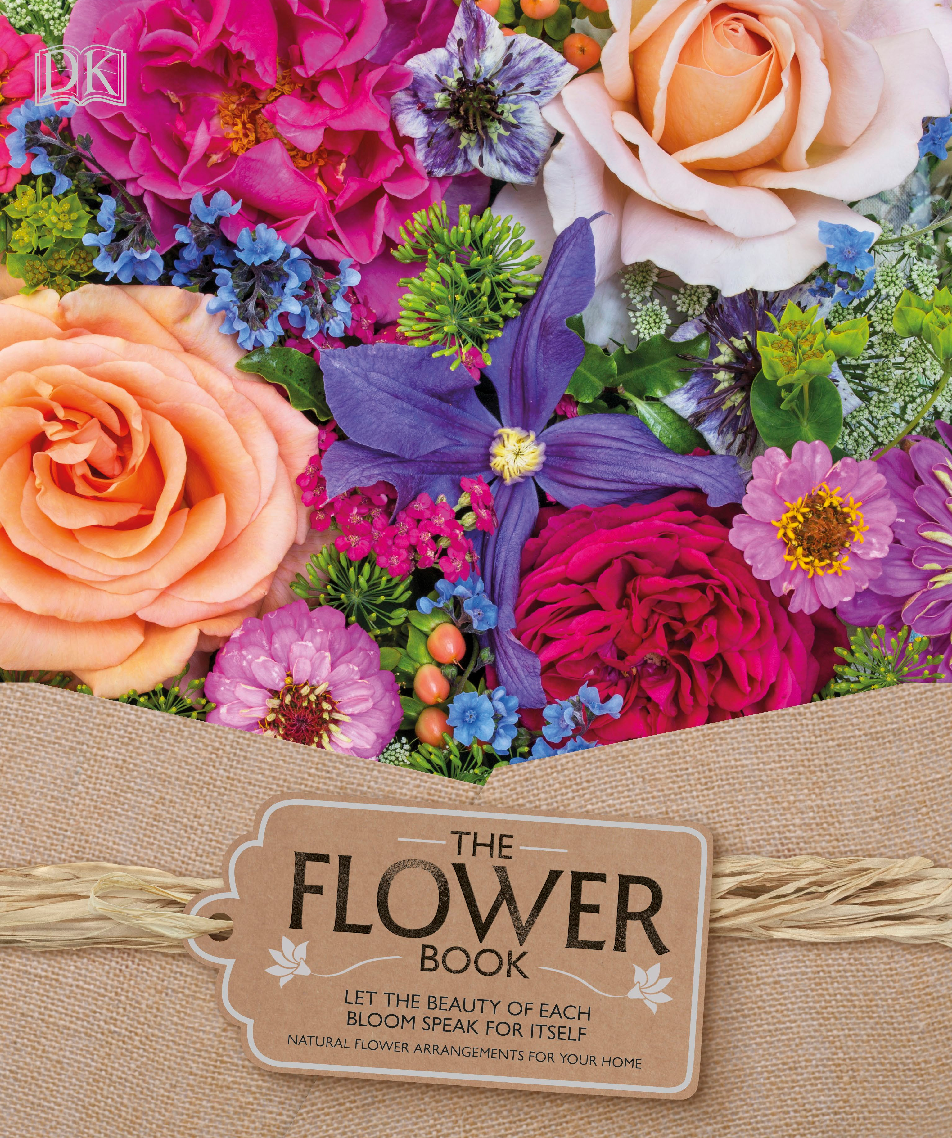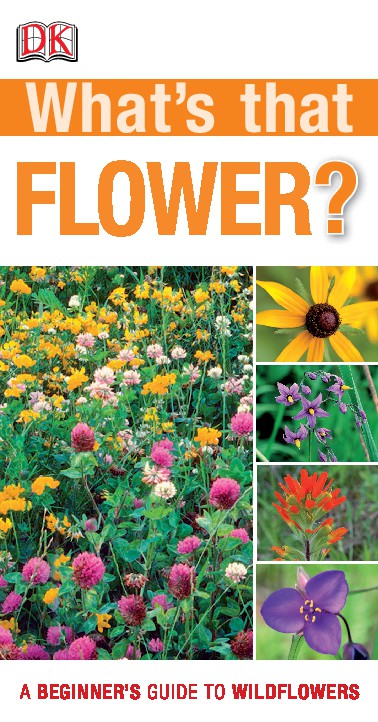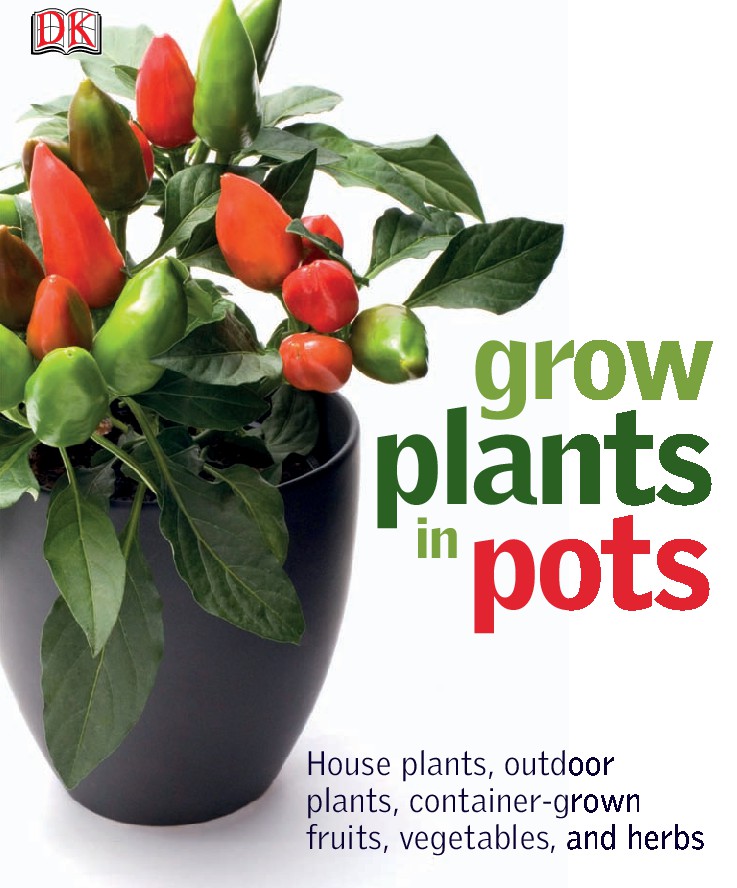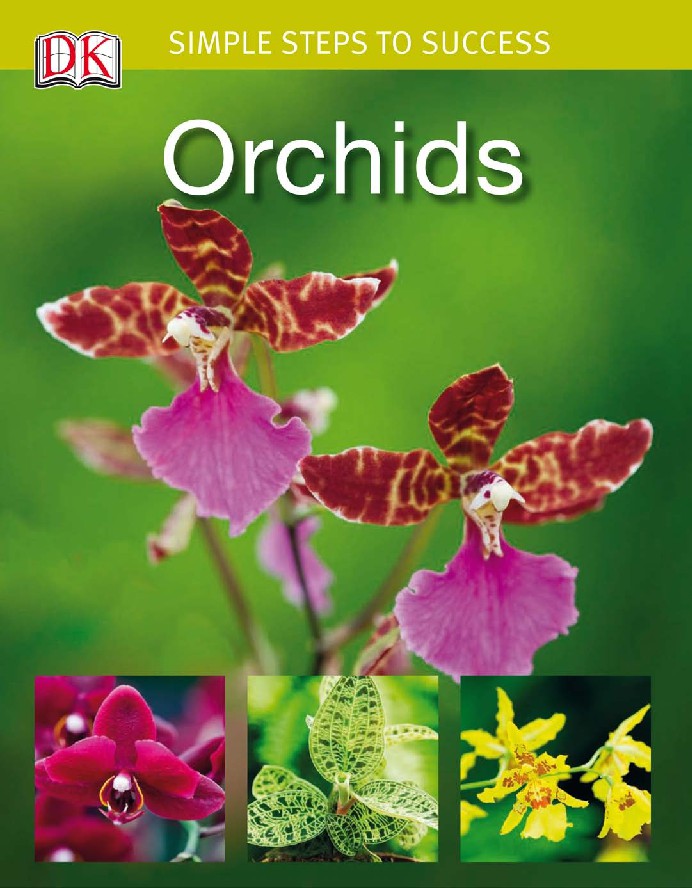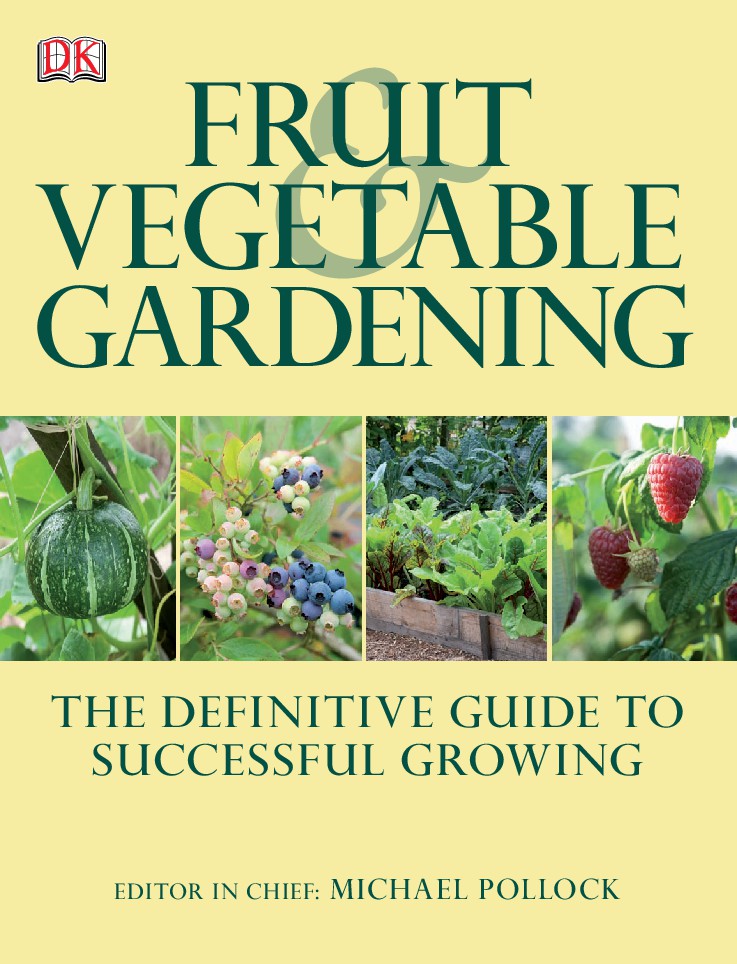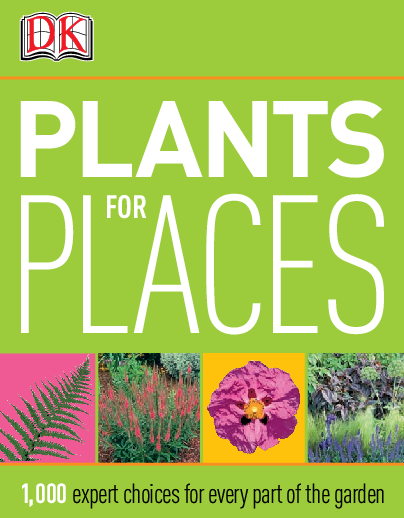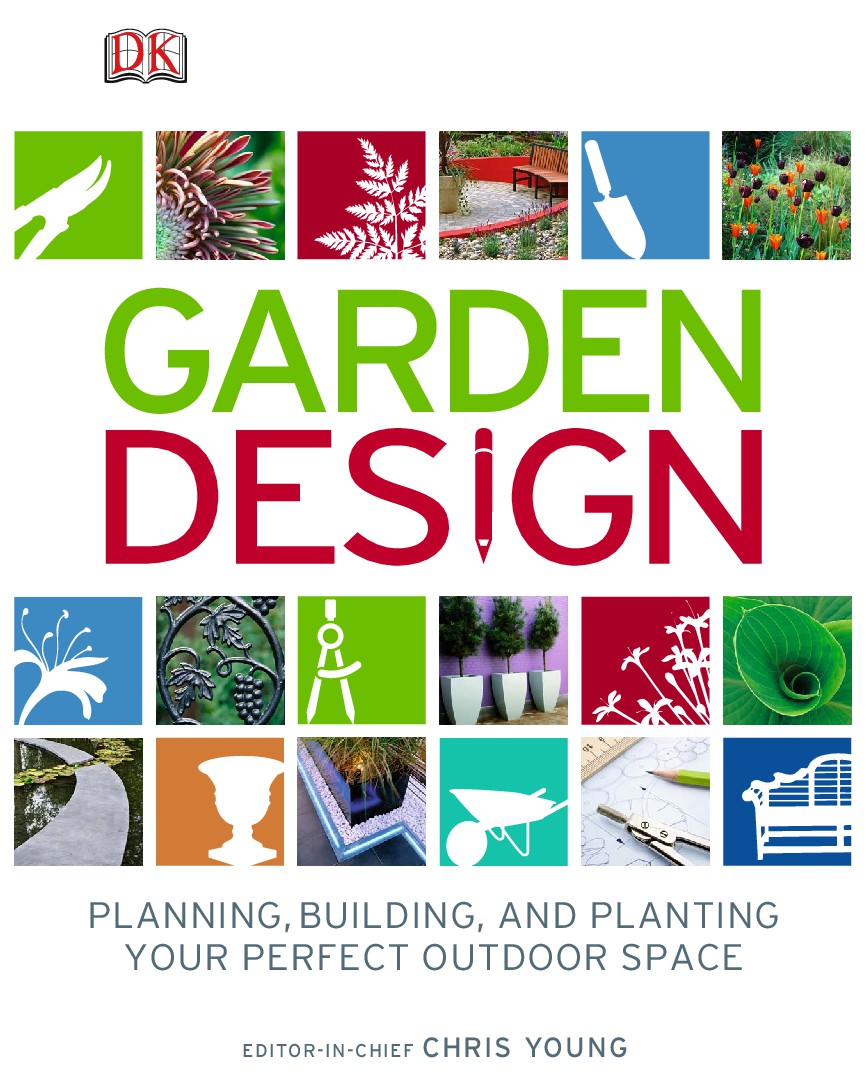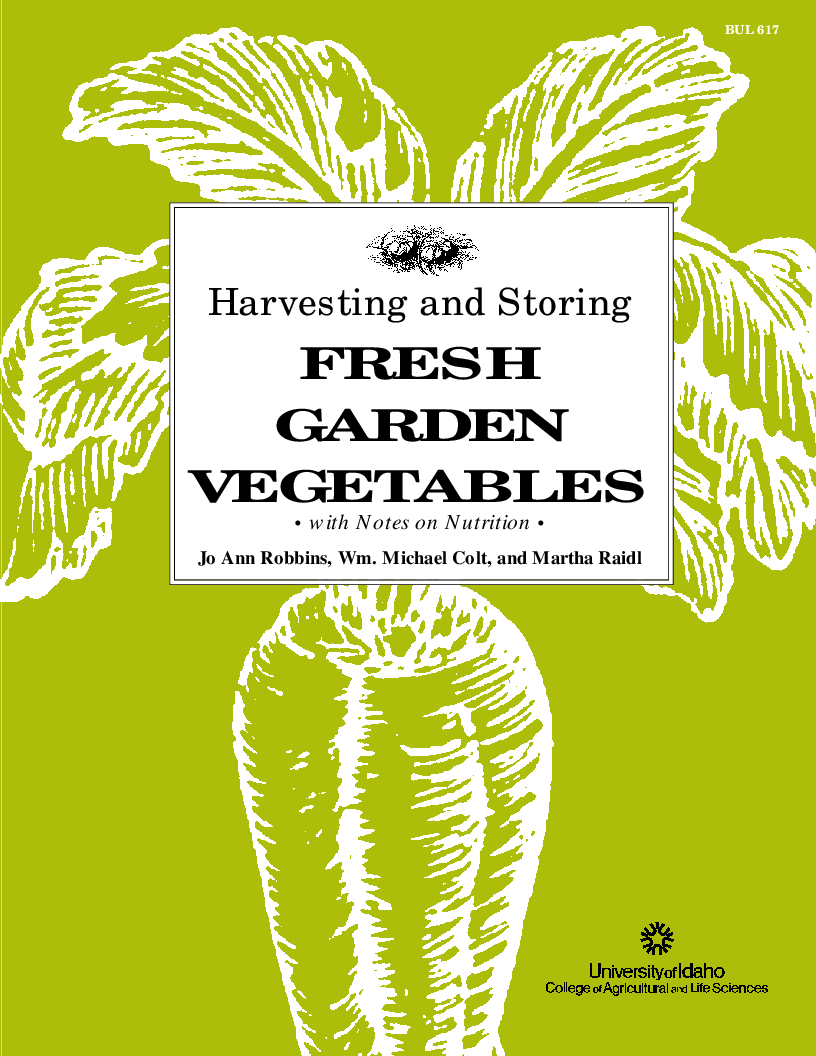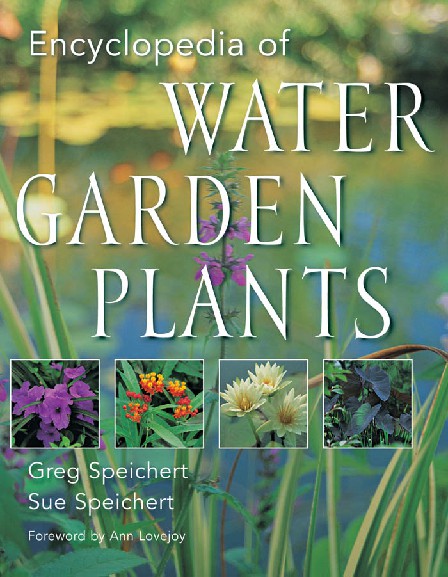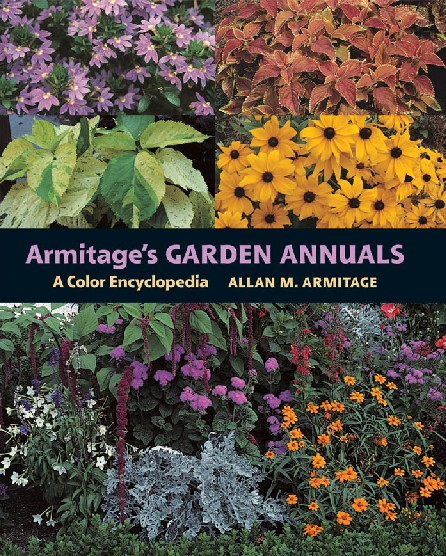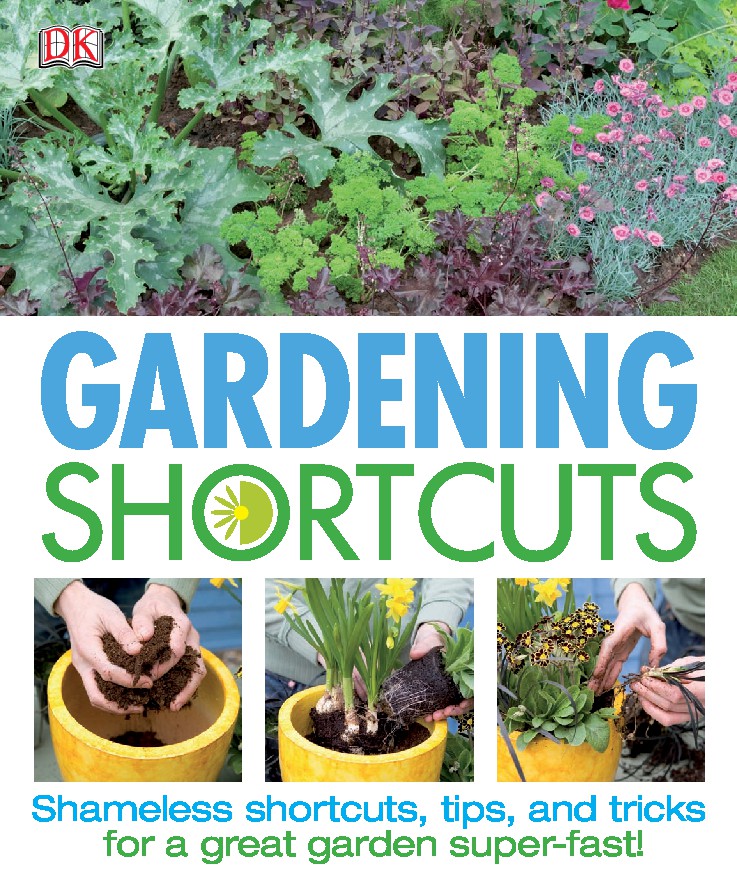Book Details
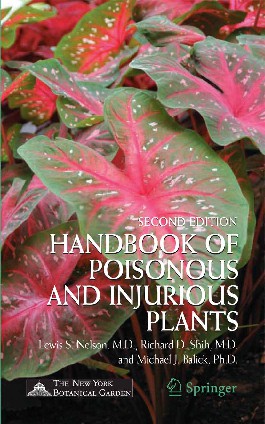
Handbook of Poisonous and Injurious Plants
I studied botany before I studied medicine, having had the good fortune to
pursue an undergraduate degree under the direction of the late Dr. Richard
Evans Schultes, longtime director of the Harvard Botanical Museum and godfather
of modern ethnobotany. Schultes was an expert on psychoactive and toxic
plants, especially of the New World tropics. Initially, through his stories of the
indigenous lifestyle of Amazonian peoples, and later by helping me undertake
fieldwork in this region, he awoke in me a keen interest in the botany of useful
plants that led me to become first an investigator and later a practitioner of
botanical medicine.
When I moved on to Harvard Medical School, I was dismayed to find that
none of my teachers, even of pharmacology, had firsthand knowledge of the
plant sources of drugs. Since then I have been continually struck by the lack of
awareness of the medicinal and toxic properties of plants in our culture. Examples
are unfounded fears of poisoning by common ornamentals such as the
poinsettia, exaggerated fears of herbal remedies such as Chinese ephedra, ignorance
of the vast medicinal importance of such spices as turmeric and ginger,
and lack of awareness of the toxic and psychoactive properties of other spices,
for example, nutmeg and mace.
Author: Lewis S. Nelson, M.D. Richard D. Shih, M.D. Michael J. Balick, Ph.D.
Pages: 348
Issue By: eBook 707
Published: 3 years ago
Likes: 0
